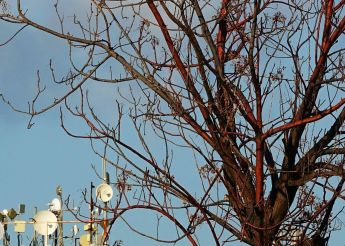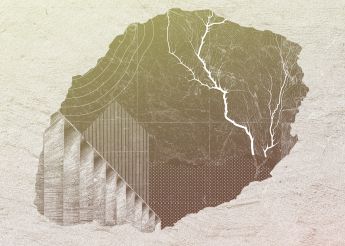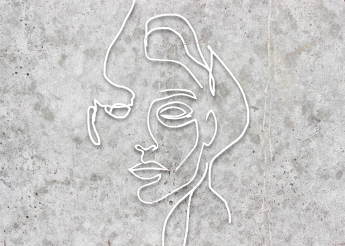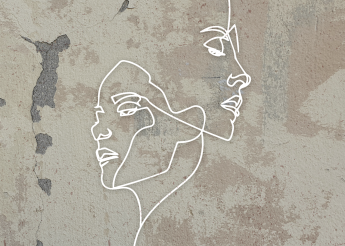FV. French cities, built for middle-class, able-bodied men, are inhospitable to women. Every woman has been told not to walk home alone at 4 in the morning: we know that it’s dangerous. Cities are also inhospitable to migrants: we either drive them out or make them live in appalling conditions. Cities are inhospitable to the elderly. Everything is built for young, able-bodied people. Cities are inhospitable to children and to Black and Arab youth, who know to steer clear of certain neighbourhoods. Nothing explicitly says “forbidden”, as was once the case in the United States, but we know that it is.
Increased surveillance and monitoring reinforce segregation. The socio-spatial segregation of cities creates a hostile environment for certain groups of people.
Gentrified cities are increasingly hostile towards people living on the streets, even as the homeless population continues to rise. Surveillance and monitoring systems hide the growing destitution from view. Spikes are installed in front of stores to deter homeless people from sitting there, and metal bars are attached to benches to discourage anyone from lying down or sleeping on them. These structures make cities more inhospitable to the homeless but more pleasant for others.
Spotless, so-called safe cities where women can go out as they please for a jog or a walk with their children or dogs will be built for certain women: white and middle-class. People of colour and the working class – Romani people, Black people and those of North African descent – will only be granted access to these green cities, lined with gardens and filled with surveillance systems, as cleaners, cashiers, nurses, security guards or waste collectors.
Middle-class life relies on entry visas for these invisibilised, racialised bodies who ensure the comfort and security of the dominant class.
Rather than defending a universal right, the surveillance and monitoring tools protect a specific social class. This urban architecture reinforces racial inequalities. It also pushes away sex workers, trans people, gay people – all those who do not fit into the “good person” mould. You are driven further and further from the city to neglected places without clean water, gardens or parks. Public transport is complicated and expensive, and is only used for commuting. Cultural sites are not open to you.
The media generates insecurity by teaching us to be scared of people who hang out in the streets, who are homeless, who are dirty because they cannot maintain their hygiene as we can. This is all framed as a threat to our integrity. Slowly, without realising it, we begin to agree that these people need to disappear, that their lives do not really matter. Their presence is seen only as a disturbance and they force us to question the number of homeless people, or the shocking living conditions of migrants. All this must be removed in the name of securitisation.







